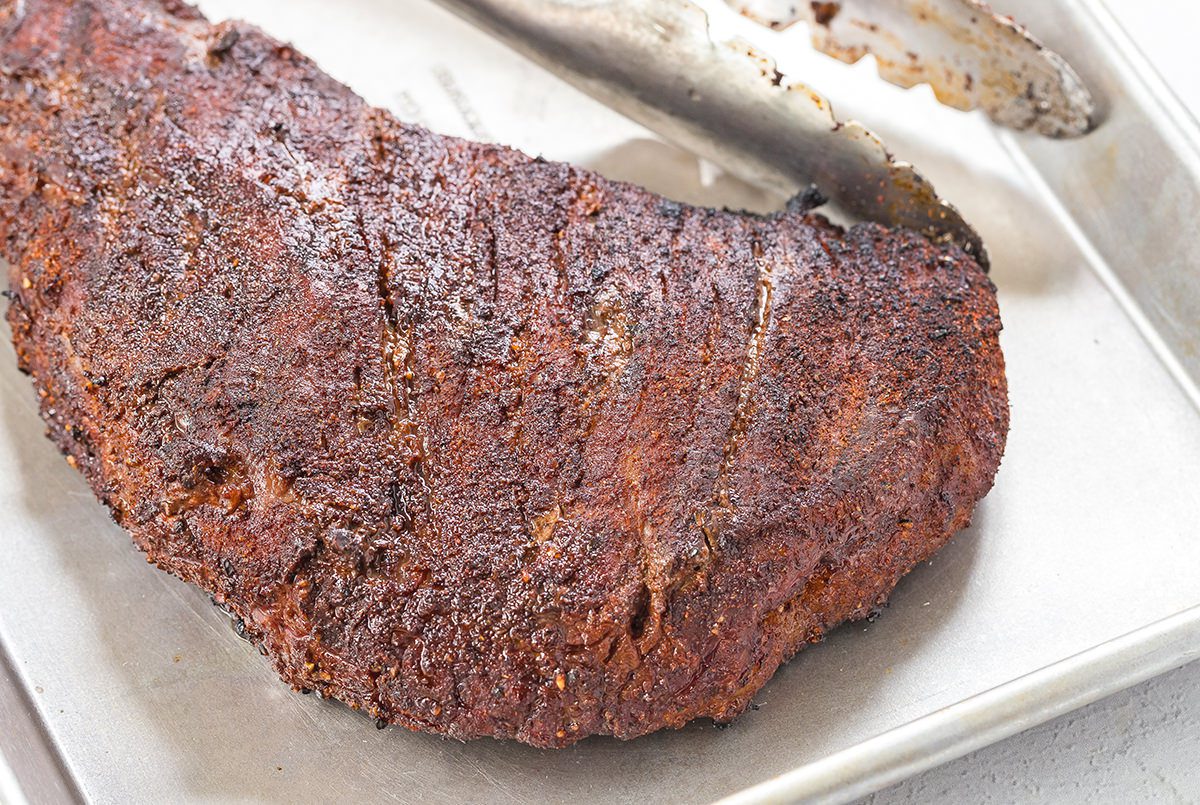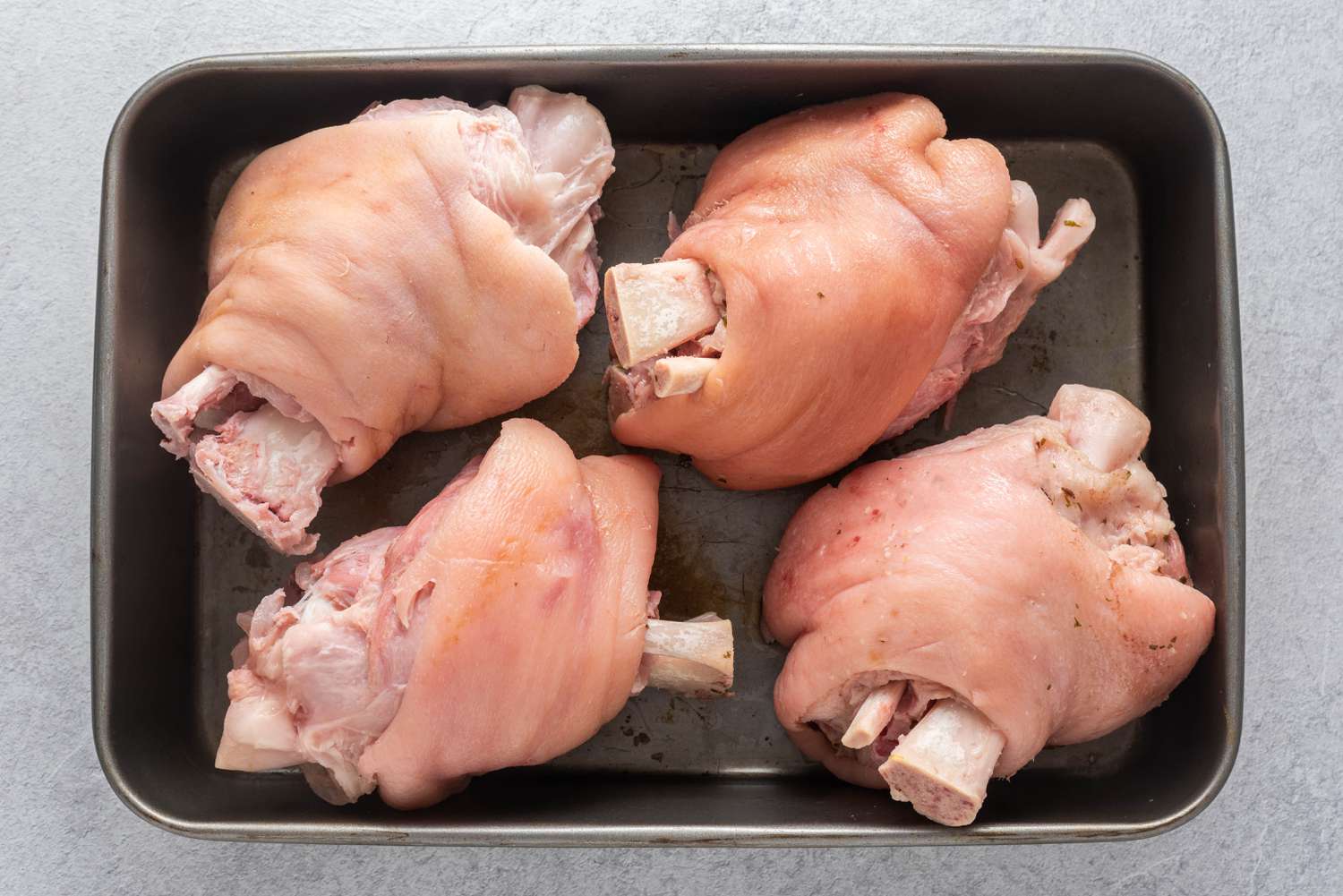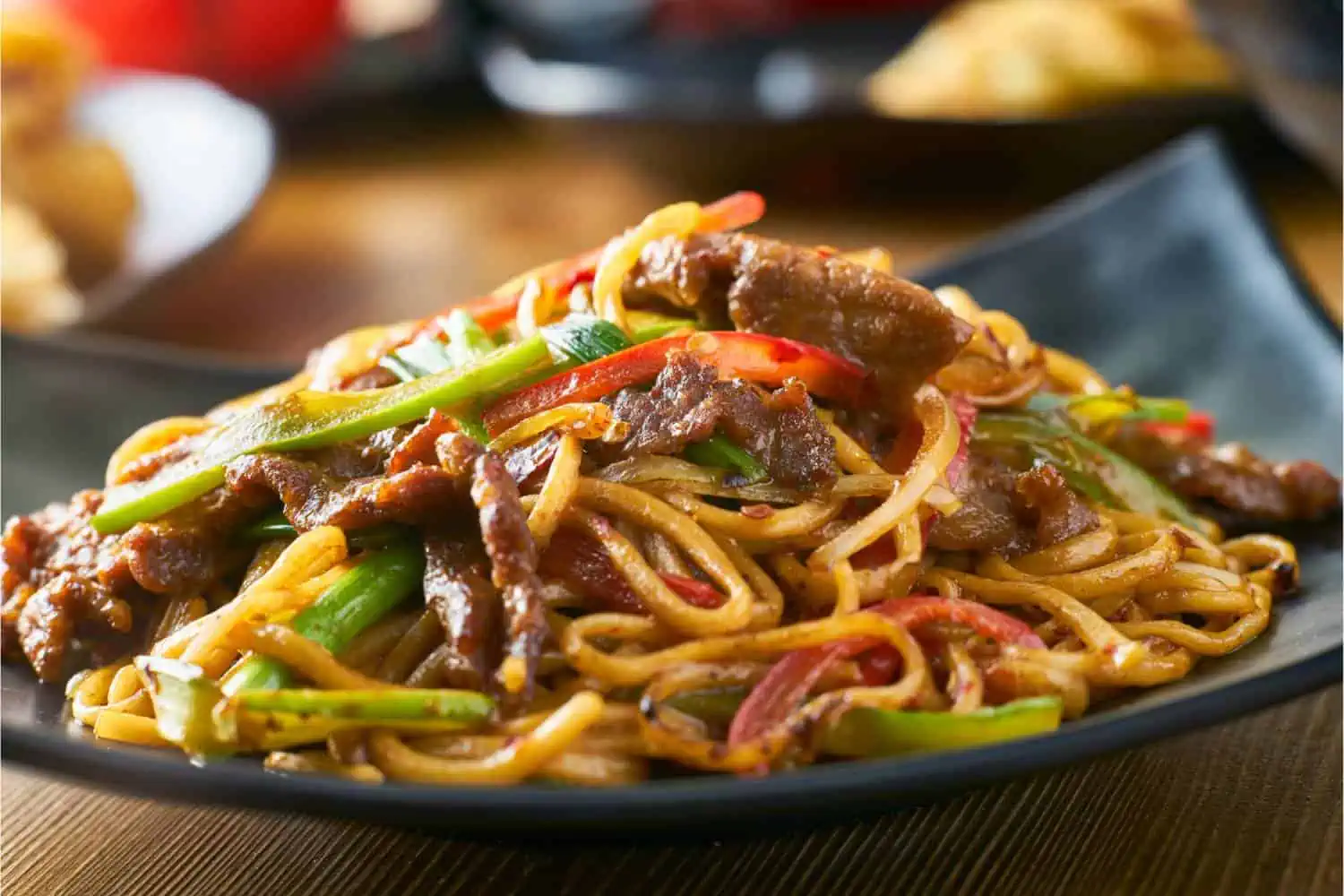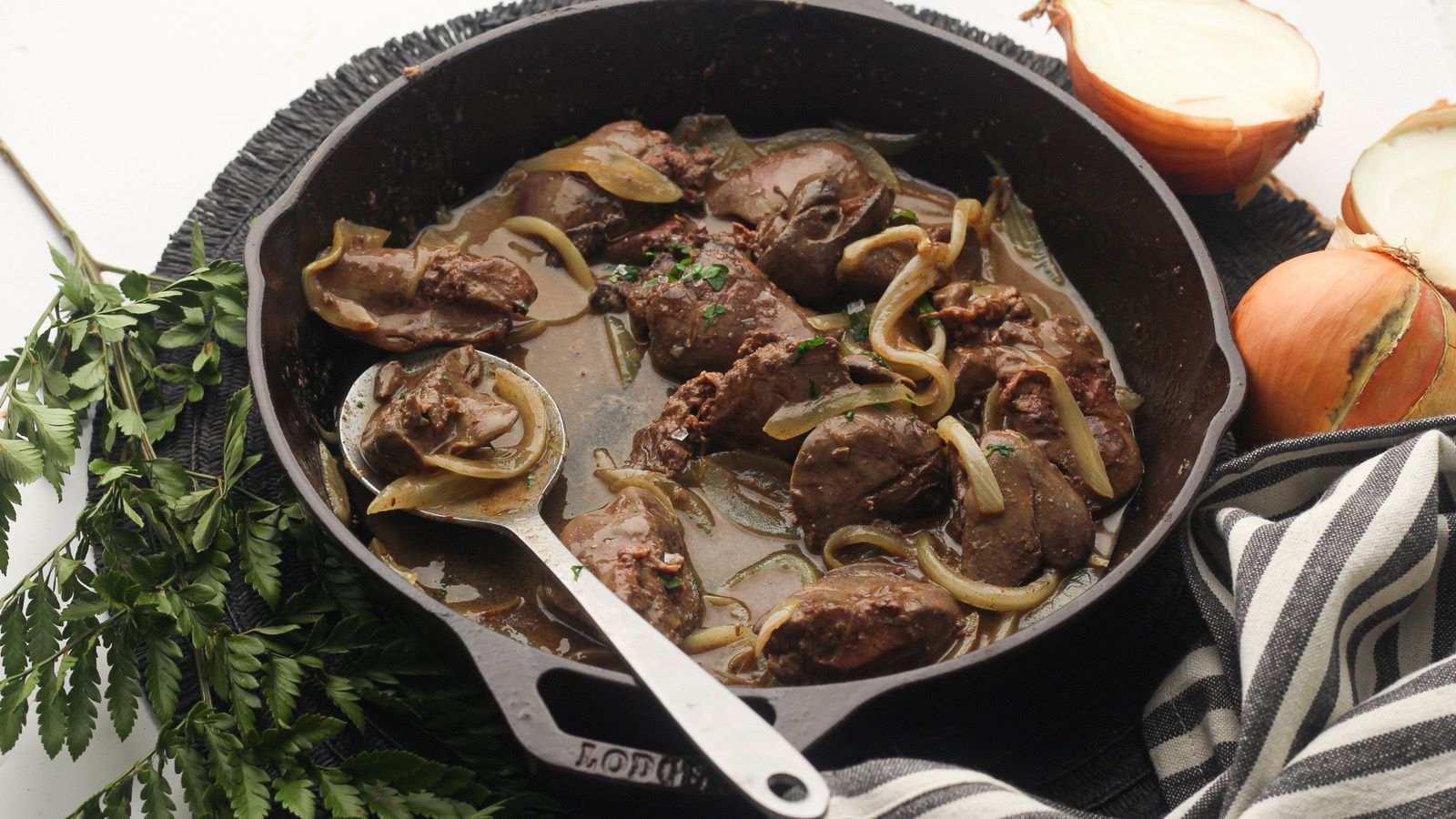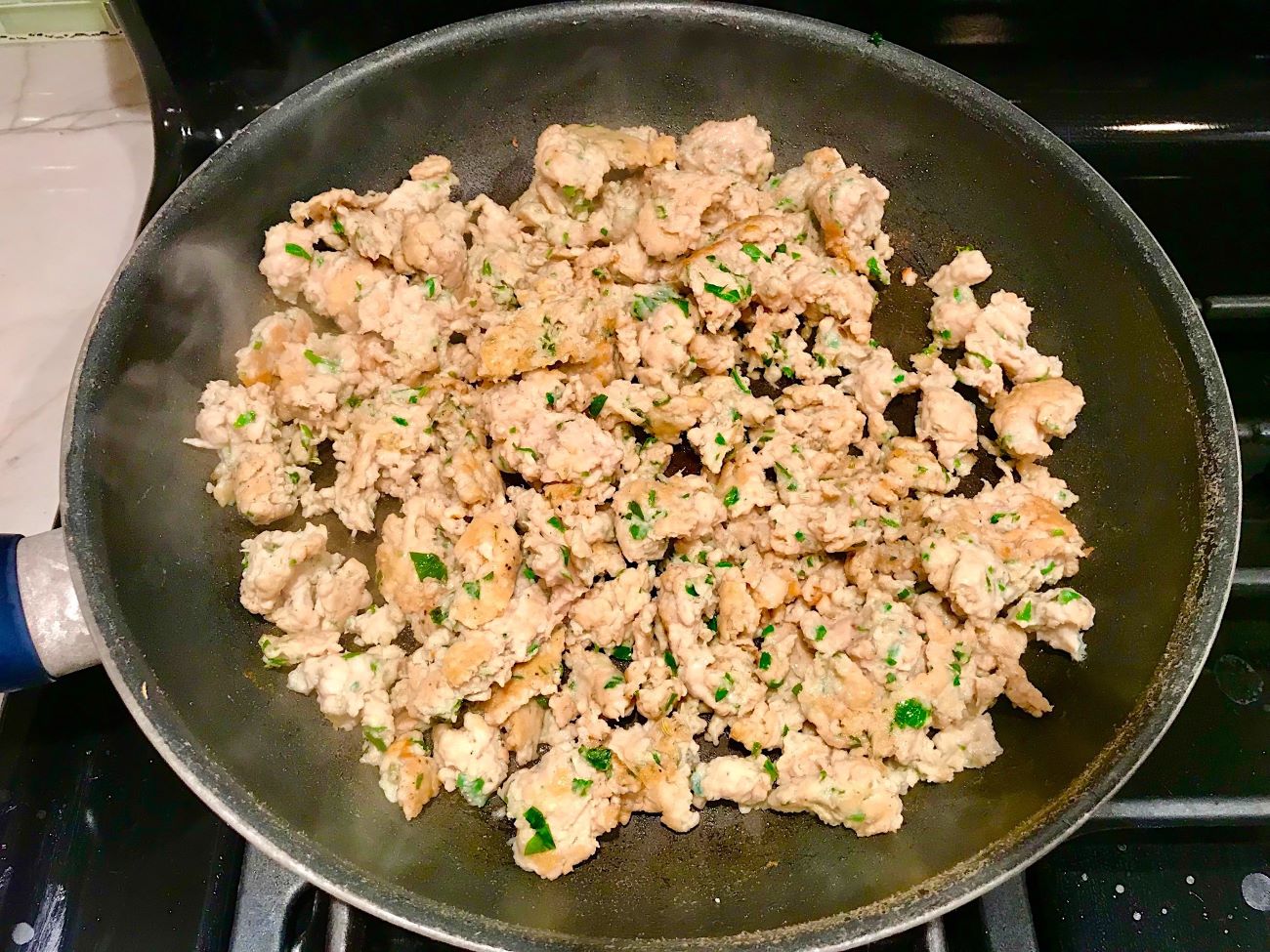How To Cook Baby Bok Choy For Ramen
Ramen is a beloved dish that has gained popularity all around the world. The warm, flavorful broth combined with noodles and various toppings makes for a comforting and satisfying meal. One topping that adds both flavor and nutrition to ramen is baby bok choy. In this article, we will guide you on how to cook baby bok choy perfectly for your homemade ramen.
Why Choose Baby Bok Choy?
Baby bok choy, also known as pak choi, is a leafy green vegetable that belongs to the cabbage family. It has a mild, slightly sweet taste and a tender texture, making it an excellent addition to ramen. Baby bok choy is not only delicious but also packed with essential vitamins and minerals, such as vitamin C, calcium, and potassium.
Preparation
1. Start by selecting fresh baby bok choy from your local market or grocery store. Look for vibrant, crisp leaves and firm stems.
2. Rinse the baby bok choy under cold water to remove any dirt or impurities. Pat it dry with a clean towel.
3. Trim off the ends of the stems, removing any discolored or damaged parts. Leave the leaves intact as they add a beautiful touch to your ramen.
Cooking Methods
There are several ways to cook baby bok choy for ramen, depending on your preference. Here are a few popular methods:
1. Blanching
Blanching baby bok choy helps to preserve its vibrant color and retain its crunchiness. Follow these steps:
- Bring a pot of water to a boil.
- Add a pinch of salt to the boiling water.
- Place the baby bok choy in the boiling water for 1-2 minutes.
- Using a slotted spoon, transfer the blanched baby bok choy into a bowl of ice water to stop the cooking process.
- Remove the baby bok choy from the ice water and pat it dry with a clean towel before adding it to your ramen.
2. Stir-Frying
If you prefer a slightly more cooked baby bok choy, stir-frying is an excellent option:
- Heat a tablespoon of oil in a pan or wok over medium-high heat.
- Add minced garlic and ginger to the pan and cook for 1 minute until fragrant.
- Add the baby bok choy, stirring continuously for 2-3 minutes until wilted and tender.
- Season with a dash of soy sauce or your preferred seasonings.
- Remove the baby bok choy from the pan and place it on top of your ramen.
Adding Baby Bok Choy to Your Ramen
Now that you’ve cooked your baby bok choy, it’s time to assemble your ramen bowl:
- Prepare your ramen noodles according to the package instructions.
- Pour the hot ramen broth into a bowl.
- Place the cooked baby bok choy on top of the broth.
- Add other desired toppings such as sliced green onions, bean sprouts, and soft-boiled eggs.
- Enjoy your homemade ramen with the delicious and nutritious addition of baby bok choy!
Remember, baby bok choy is a versatile vegetable that can be cooked in various ways, so feel free to experiment and find the cooking method that you like best. Incorporating baby bok choy into your ramen not only enhances the flavor but also adds a touch of vibrant green goodness. Try it out and elevate your ramen to a whole new level!
Explore More Recipes and Uses for Baby Bok Choy in Ramen
After mastering the art of cooking baby bok choy for ramen, why not put your skills to the test with a variety of delicious recipes? Dive into the classic pork ramen with baby bok choy for a traditional touch, or experiment with the vegan miso ramen with stir fried baby bok choy for a plant-based delight. For those who enjoy bold flavors, the spicy chicken ramen with sauteed baby bok choy comes highly recommended. Each recipe provides a unique way to enjoy your perfectly cooked baby bok choy, enhancing the overall flavor and texture of your ramen.
Was this page helpful?
Read Next: How To Cook Dried Udon Noodles

